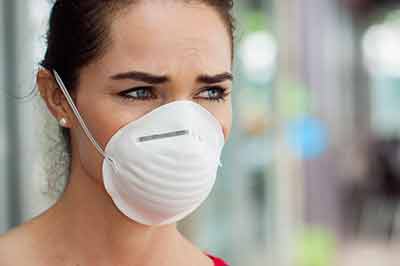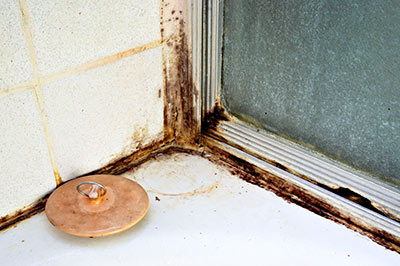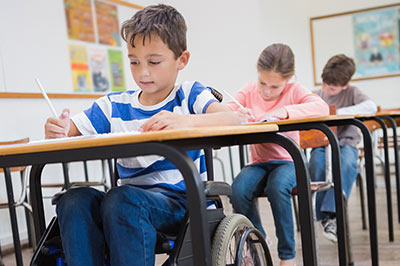United States Environmental Protection Agency. Office of Air and Radiation Indoor Invironments Division (2002). (EPA 402-K-02-005)
The U.S. Environmental Protection Agency (EPA) developed the Indoor Air Quality Tools for Schools (IAQ TfS) Program to help schools prevent, identify, and resolve their IAQ problems. This publication describes the program and its advantages, explaining that through simple, low-cost measures, schools can: reduce IAQ-related health risks and triggers for asthma, identify sources of mold, improve comfort and performance levels, avoid costly repairs, avoid negative publicity and loss of parent and community trust, and avoid liability problems. The publication offers an overview of IAQ issues, offers examples of successful school efforts, and presents action items.











